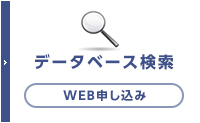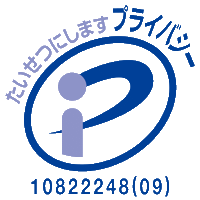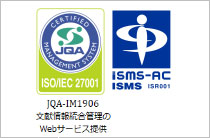ホームIMICライブラリMMWR抄訳2013年(Vol.62)アフガニスタン製のアイライナー、Kajalの使用に・・・
2013/11/22Vol. 62 / No. 46
MMWR62(46):917-919
Childhood Lead Exposure Associated with the Use of Kajal, an Eye Cosmetic from Afghanistan — Albuquerque, New Mexico, 2013
アフガニスタン製のアイライナー、Kajalの使用に関連した小児の鉛暴露 ― ニューメキシコ州アルバカーキ、2013年
鉛は血液細胞、腎臓、心血管系および発達中の神経系に毒性のある金属で、認知および神経行動学的障害の原因となる。2013年1月、New Mexico Department of Healthはアルバカーキの医療施設から、20ヶ月齢の難民男児がプリスクール入園前のスクリーニング検査で血中鉛濃度(BLL)が27.0μg/dL(CDCの基準値は5.0μg/dL)と高かったとの報告を受けた。2週間後の確定検査で小児の静脈血BLLは18.9μg/dL、家族らのBLLは4ヶ月齢の弟が33.5μg/dL、母親は6μg/dL 、3歳のいとこは5.3μg/dLを示した。家庭調査により、小児および家族がアフガニスタンから持参し使用したkajalと呼ばれる伝統的なアイライナーおよび輸入カレー粉が曝露源として疑われた。検査の結果、kajalの鉛含有率は54%、カレー粉は0.01%であった。その他家庭環境に曝露源となるものは認められなかった。小児3名に臨床症状は認められず、兄弟はCDCのガイドラインに従いフォローアップ検査を実施した。1ヶ月後のBLLは兄が17.7μg/dL、弟が28.2μg/dLとなり、4ヶ月後にはそれぞれ14.7μg/dL、22.1μg/dLへ低下した。BLLのモニタリングは州のガイドラインに従い、3ヶ月間10.0μg/dL未満となるまで継続される。本例は米国における移民小児の鉛曝露リスクおよび輸入製品が鉛曝露源となる可能性について注意を喚起した。従来、米国における小児の鉛曝露源は鉛含有塗料であったが、近年は塗料以外に民間薬や輸入製品、食材、玩具などが報告されている。CDCは難民および移民の6ヶ月~16歳の小児について、米国到着後90日以内のスクリーニング検査およびその結果によっては移住後3~6ヶ月後の再検査の実施を奨励している。小児科医や保健衛生関係者は、難民および移民小児の健康診断に鉛のスクリーニング検査を実施し、保護者、特に伝統的にアイライナーを使用するアフリカ、アジアおよび中東からの移民に対しては教育キャンペーンによりその鉛曝露リスクについて注意を促すべきであろう。
References
- Agency for Toxic Substances and Disease Registry. Toxicological profile for lead. Atlanta, GA: US Department of Health and Human Services, Agency for Toxic and Disease Registry; 2007. Available at <http://www.atsdr.cdc.gov/toxprofiles/TP.asp?id=96&tid=22.>
- Parry C, Eaton J. Kohl: a lead-hazardous eye makeup from the Third World to the First World. Environ Health Perspect 1991;94:121–3.
- Al-Ashban RM, Aslam M, Shah AH. Kohl (surma): a toxic traditional eye cosmetic study in Saudi Arabia. Public Health 2004;118:292–8.
- Mojdehi GM, Gurtner J. Childhood lead poisoning through kohl. Am J Public Health 1996;86:587–8.
- Al-Saleh I, Al-Enazi S, Shinwari N. Assessment of lead in cosmetic products. Regul Toxicol Pharmacol 2009;54:105–13.
- CDC. Infant lead poisoning associated with use of tiro, an eye cosmetic from Nigeria—Boston, Massachusetts, 2011. MMWR 2012;61:574–6.
- CDC. Childhood lead poisoning associated with tamarind candy and folk remedies—California, 1999–2000. MMWR 2002;51:684–6.
- Gorospe EC, Gerstenberger SL. Atypical sources of childhood lead poisoning in the United States: a systematic review 1996–2006. Clin Toxicol 2008;46:728–37.
- VanArsdale JL, Leiker RD, Kohn M, Merritt TA, Horowitz BZ. Lead poisoning from a toy necklace. Pediatrics 2004;114:1096–9.
- CDC. Lead screening during the domestic medical examination for newly arrived refugees. Atlanta, GA: US Department of Health and Human Services, CDC; 2013. Available at <http://www.cdc.gov/immigrantrefugeehealth/pdf/lead-guidelines-aug--8-2013_final_cleared_clean.pdf. >
Copyright © 2013 International Medical Information Center. All Rights Reserved.












